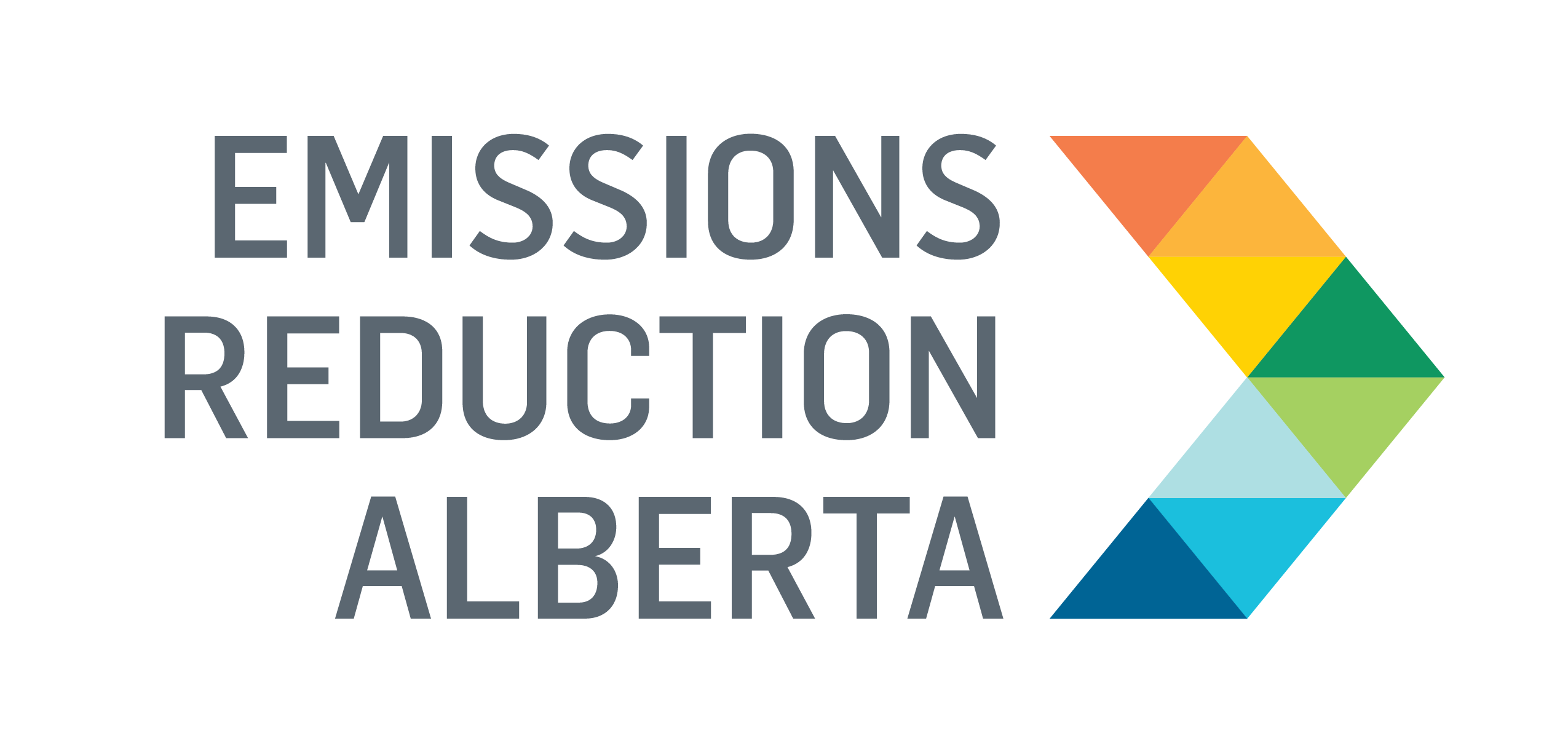Building A Farm-Scale Wate-to-Energy System
Funded through Round 7: Renewable Energy, GrowTEC built a farm-scale facility in southern Alberta that turns organic waste like manure, spoiled potatoes and food scraps into renewable electricity and organic fertilizer. The plant generates enough electricity to power over 700 homes each year while reducing more than 10,000 tonnes of greenhouse gas emissions annually.
The facility uses a process called anaerobic digestion, which breaks down organic waste like manure, spoiled food and plant material in large, sealed tanks without oxygen. In this controlled, oxygen-free environment, microbes break down organic material to produce methane-rich biogas, which is then used to fuel a combined heat and power (CHP) unit that generates enough electricity to power over 700 homes. It also produces clean fertilizer and irrigation water as by-products. The system runs continuously, producing power 24/7, unlike solar or wind, which depend on the weather. By capturing methane and avoiding landfilling of organic waste, the system cuts over 10,000 tonnes of emissions each year while providing renewable energy back to the grid.
Overcoming Regulatory Barriers to Optimize Biogas Facility
The GrowTEC project provided several important lessons about the technical performance, marketability and feasibility of on-farm anaerobic digestion in Alberta. One key learning was the critical importance of clean, consistent feedstock. Contaminants such as rocks, plastic and other debris in solid manure and food waste proved challenging for equipment and required additional processing infrastructure. This highlighted the need for pre-treatment systems and reliable sourcing agreements to ensure feedstock quality and reduce downtime. Technically, the phased implementation strategy, starting with a 315-kilowatt system before scaling to 633 kilowatts, proved valuable in managing risk, optimizing system design and building operational expertise. It also demonstrated that commercially available, modular biogas systems can be successfully adapted to a Western Canadian agricultural context if appropriate design modifications and operational controls are in place. On the regulatory and market side, the project revealed several systemic barriers that affect the financial viability of biogas facilities. These include complex and overlapping permitting processes, high interconnection costs to the provincial electricity grid, and an emissions offset protocol that fails to capture the full carbon benefits of diverted waste and manure.
What’s next?
Overall, the project was completed in 2018 and showed that while the technology is technically sound and environmentally beneficial, widespread adoption will depend on more supportive policy frameworks. The facility is currently operational, generating over 4000 megawatt-hours of electricity and over 4,000 tonnes of CO2 offsets for sale annually. In 2024, GrowTEC received up to $2 million from Agriculture and Agri-Food Canada (AAFC) to support the development of Phase 2 of the anaerobic digester expansion project. This funding will enable the GrowTEC facility to significantly expand and optimize renewable natural gas (RNG) production, allowing for the processing of additional feedstocks and increased RNG production capacity.
